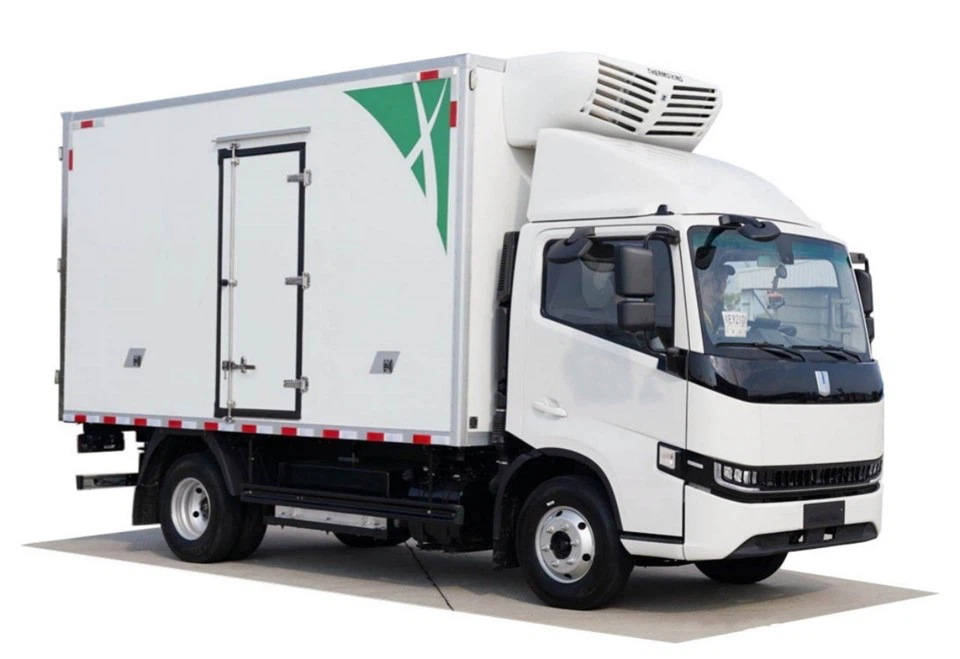What is the VIN? Understanding the Vehicle Identification Number

Introduction to VIN
The Vehicle Identification Number (VIN) is a unique code assigned to every motor vehicle when it is manufactured. It serves as a fingerprint for the vehicle, providing valuable information about its make, model, year of manufacture, engine specifications, and more. In this article, we will delve deep into what a VIN is, why it is important, how to locate it, and how you can use it to gather crucial information about your vehicle.
What is a VIN? An In-Depth Look
A VIN is a 17-character alphanumeric string that acts like a serial number for your vehicle. Each character in the VIN conveys specific information, making it an essential tool for vehicle identification. The VIN consists of several sections, each coded to describe particular features of the vehicle.
The Structure of a VIN
The VIN is broken down into specific sections, each conveying unique information:
- World Manufacturer Identifier (WMI): The first three characters identify the manufacturer of the vehicle.
- Vehicle Descriptor Section (VDS): Characters four through nine provide information about the vehicle’s model, body style, engine type, and safety features.
- Vehicle Identifier Section (VIS): The last eight characters (10-17) reveal the specific vehicle attributes, including the year of manufacture, assembly plant, and production sequence number.
Decoding the VIN: A Detailed Breakdown
To understand a VIN, let’s break down an example: 1HGCM82633A123456.
| VIN Segment | Characters | Information |
|---|---|---|
| WMI | 1HG | Manufacturer: Honda |
| VDS | CM8263 | Model: Accord, Body Type: Sedan, Engine Type: 2.4L I4 |
| VIS | 3A123456 | Year: 2003, Assembly Plant: Marysville, Production Number: 123456 |
The Importance of the VIN
The VIN is crucial for several reasons:
- Ownership Verification: When buying a used vehicle, the VIN helps confirm that the seller is the legitimate owner.
- Vehicle History Reports: Services like Carfax and AutoCheck use the VIN to compile vehicle histories, including accidents, service records, and title changes.
- Recalls and Safety Alerts: Manufacturers use the VIN to notify vehicle owners about recalls related to their specific models.
- Insurance and Registration: The VIN is required for registering the vehicle and obtaining insurance, as it ensures proper identification.
How to Locate the VIN
Finding the VIN on your vehicle is straightforward. Here are several common locations where you can typically locate your VIN:
- On the Dashboard: Look through the windshield on the driver’s side; the VIN is often visible on a metal plate.
- Driver’s Side Door Jamb: Open the door and look for a sticker or plate on the door frame that displays the VIN.
- Under the Hood: In some vehicles, the VIN can be found on the engine block or near the front of the vehicle.
- On Vehicle Registration Documents: The VIN is also recorded on your vehicle’s title and registration paperwork.
Using the VIN for Vehicle History Reports
To obtain a vehicle history report, you can input the VIN into services such as Carfax or AutoCheck. Here’s a simple guide on how to do this:

- Visit a vehicle history report website.
- Enter the 17-character VIN in the designated field.
- Pay any applicable fees to access detailed reports.
- Review the report for information regarding ownership history, accidents, and repairs.
Common Misconceptions About VINs
There are several misconceptions regarding VINs that can lead to confusion:
- VINs are the same as license plate numbers: This is false; VINs are permanent identifiers, whereas license plates can change.
- VINs are not important: Many vehicle owners underestimate the significance of the VIN in tracking vehicle history.
- You cannot change a VIN: Changing the VIN is illegal unless authorized by the manufacturer in cases of theft recovery.

VINs and Vehicle Theft
The VIN plays a significant role in combating vehicle theft. Law enforcement agencies use the VIN to track stolen vehicles and confirm their identities. Here are some actionable tips to prevent vehicle theft using the VIN:
- Keep records: Maintain a record of your VIN and store it in a safe place.
- Use VIN engraving: Some agencies offer VIN engraving services, which mark your VIN on windows and parts, making it easier to identify stolen vehicles.
- Check regularly: Ensure that the VIN on your vehicle matches the one on your documents.
Tips for Buying a Used Vehicle Using the VIN
If you’re considering purchasing a used vehicle, leveraging the VIN can help ensure you make an informed decision. Here are some practical steps to follow:
- Obtain the VIN from the seller before proceeding with the purchase.
- Conduct a vehicle history report to check for any red flags.
- Verify the VIN on the vehicle matches the one on the report and documentation.
- Consult reputable mechanics for an inspection before finalizing the deal.
FAQ Section
What can I learn from a VIN?
A VIN can provide detailed information about the vehicle, including its manufacturer, specifications, accident history, and whether it has a clean title or has been reported as stolen.
Can a VIN change?
Under standard circumstances, a VIN should not change. However, in cases of major repairs or theft recovery, authorized adjustments may be made, but this requires manufacturer approval.
Is the VIN visible from outside the vehicle?

Yes, in most vehicles, the VIN can be seen through the windshield on the driver’s side dashboard, making it accessible without needing to enter the car.
Can I use a VIN to track my car after it’s been stolen?
Yes, if your vehicle is stolen, reporting the VIN to the police can assist in tracking and recovering the vehicle.
Do all vehicles have a VIN?
Yes, every motor vehicle manufactured since 1981 is required by law to have a VIN. Older models may not have VINs but may still have a unique identifier in some form.
Where else can I find the VIN apart from the vehicle itself?
The VIN is also typically recorded on insurance documents, registration papers, and the vehicle’s title documents, making it accessible from various paperwork related to the vehicle.
